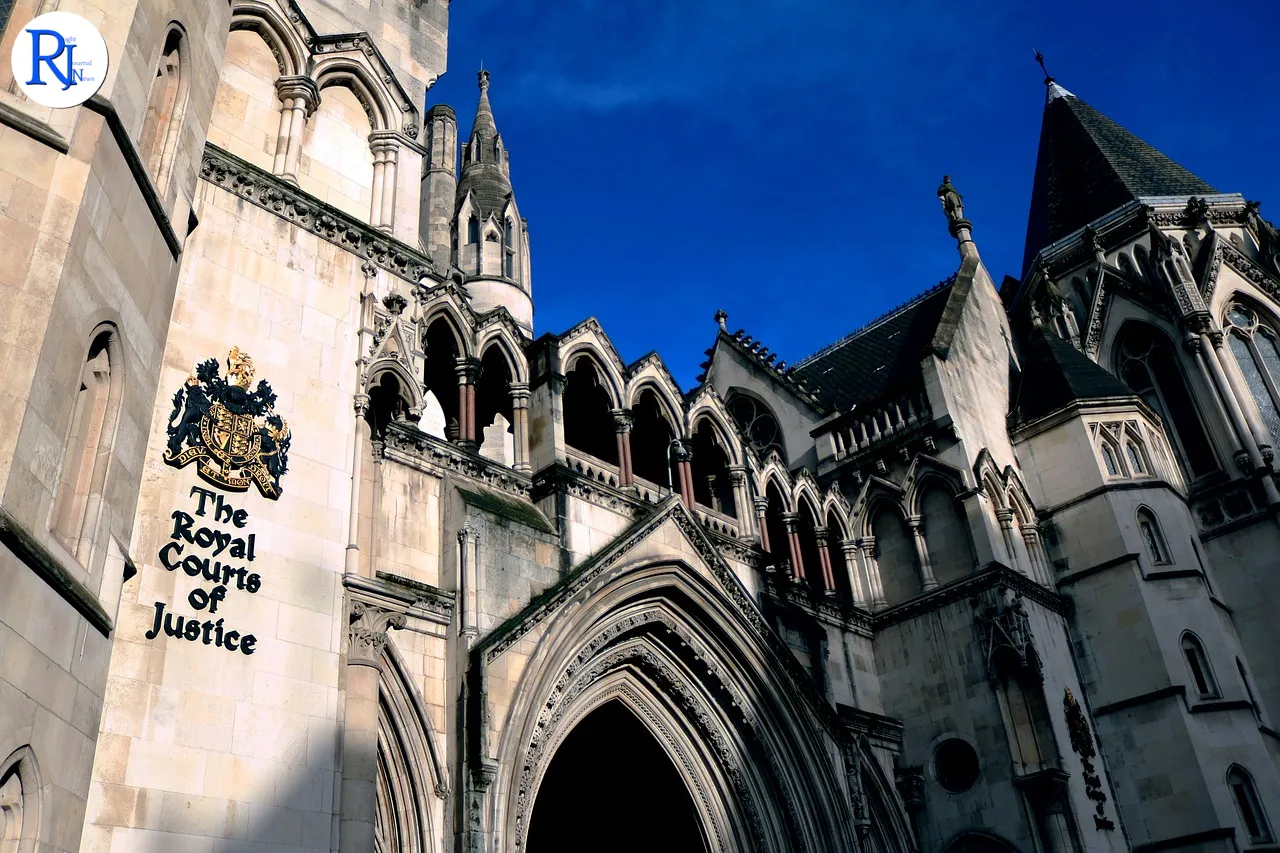The Law Society of England and Wales has released a critical report highlighting the deteriorating condition of court infrastructure across the United Kingdom. Described as “shambolic,” the report details serious concerns about the state of repair of court buildings, frequent technology failures, and inadequate facilities, especially for disabled individuals. This revelation comes at a time when the legal system is under scrutiny for its ability to deliver justice efficiently and fairly.
The report emphasises the urgent need for government intervention to address these significant issues, citing problems such as asbestos, mould, and dilapidated toilets. Solicitors have voiced their frustrations, describing the current conditions as unacceptable for both legal professionals and the public who rely on these facilities.

Unveiling the Crisis: When and Where
The report was published on 25 September 2025, shedding light on a national issue that has been festering for years. The Law Society’s findings are based on a comprehensive survey of court facilities across England and Wales, highlighting a widespread problem that affects both urban and rural areas. The timing of the report is crucial as it coincides with broader discussions about the efficiency and accessibility of the UK legal system.
The State of Disrepair: A Snapshot of Court Conditions
The Law Society’s report paints a grim picture of the physical state of court buildings. Many structures are plagued by asbestos and mould, representing a health hazard to those who work and attend court proceedings. The report also highlights issues with reinforced autoclaved aerated concrete, a material known for its vulnerability to structural problems, which has been found in several court buildings.
Solicitors have expressed their dissatisfaction with the current state of affairs, noting that such conditions undermine the dignity and professionalism expected in the judicial process. “These buildings are not just unfit for purpose; they are dangerous,” said one solicitor who wished to remain anonymous.
Technology Failures and Accessibility Issues
Beyond the physical infrastructure, the report criticises the frequent failure of technology within courtrooms. Essential systems such as video links and audio equipment often malfunction, causing unnecessary delays and disruptions in legal proceedings. These technological shortcomings are particularly problematic in an era where digital solutions are increasingly relied upon to expedite justice.
Additionally, the report highlights significant shortcomings in accessibility, particularly for disabled users. Many court buildings lack basic facilities such as ramps and accessible toilets, making it difficult for disabled individuals to navigate the premises. The Law Society has called for immediate improvements to ensure that all individuals have equal access to justice.
Expert Insights on the Impact of Dilapidated Courts
Legal experts warn that the state of disrepair and inadequate facilities could have far-reaching implications for the justice system. Professor John Barnes, a legal scholar at the University of Cambridge, notes that these issues could erode public confidence in the legal system. “When court buildings are in such poor condition, it sends a message that justice is not a priority,” Barnes remarked.
Furthermore, the report suggests that inadequate court facilities could lead to longer delays in case resolutions, as hearings are postponed due to infrastructure failures. This not only affects legal professionals but also impacts individuals seeking justice, who may face prolonged uncertainty.
Government Response and Potential Reforms
In response to the Law Society’s report, the Ministry of Justice has acknowledged the issues and expressed a commitment to improving court facilities. A spokesperson stated that the government is considering a range of measures, including increased funding for repairs and upgrades to technology within courtrooms. However, no specific timelines or budgets have been announced.
The Law Society has urged the government to take immediate action, warning that failure to address these issues could have serious consequences for the justice system. The report calls for a comprehensive review of all court facilities and the implementation of a strategic plan to modernise and improve the infrastructure.
Towards a More Accessible and Efficient Justice System
The Law Society’s report serves as a stark reminder of the challenges facing the UK’s legal infrastructure. As the government considers its next steps, the hope is that these findings will catalyse meaningful reforms to enhance the accessibility and efficiency of the justice system. Ensuring that court buildings are safe, functional, and accessible is crucial for maintaining public trust and delivering justice effectively.
The spotlight is now on the government to act decisively and allocate the necessary resources to address these pressing issues. As the legal community and the public await concrete actions, the call for a justice system that reflects the values of fairness and accessibility remains as urgent as ever.

